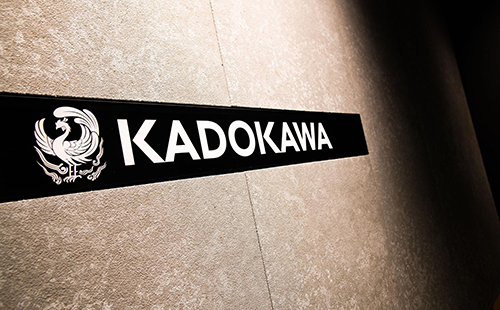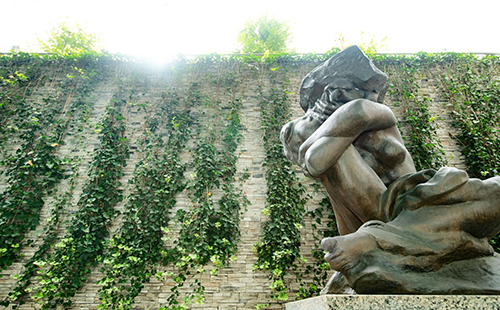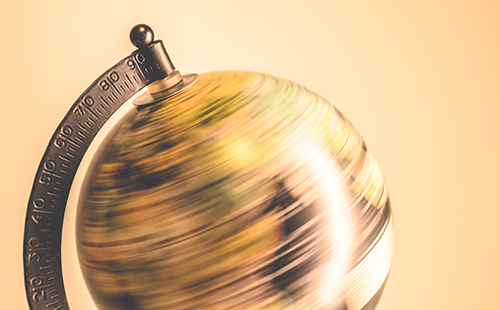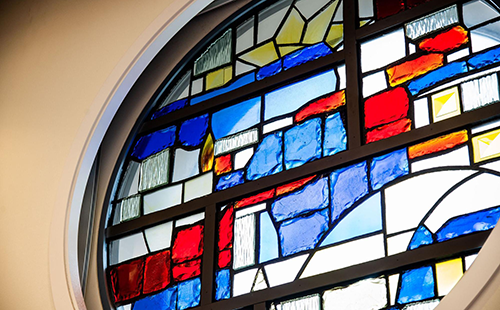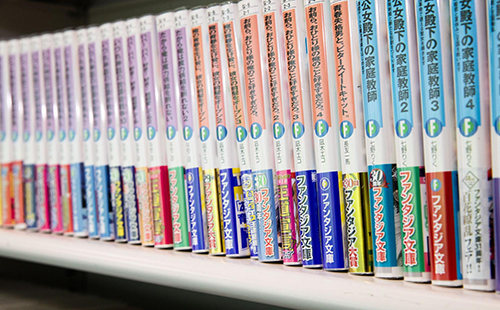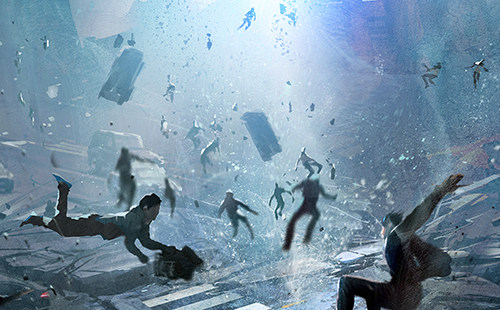- CHOUBUNSHA, the children’s book arm of the KADOKAWA Group, has published numerous children’s books concerning the Sustainable Development Goals.
- The KADOKAWA Group had already been publishing books that touched on various social issues such as human rights, gender, and environment. Those books are connected to the SDGs.
- Starting with publication, the KADOKAWA Group is expanding its efforts to popularize the SDGs, such as by holding events, releasing a relevant worksheet, and creating a catalogue that lists its published books under the heading of each SDGs.
CHOUBUNSHA, known for the publication of the longtime seller comic book series Barefoot Gen (story and illustration by Keiji Nakazawa), has published many children’s books on the SDGs. What is the background to it?
Since its foundation in 1976, CHOUBUNSHA has delivered to the world numerous books that talk about the preciousness of peace and the importance of diversity to children. Its commitment to publishing books that deal with social issues, such as war, people’s well-being, and environment, remains unchanged after it joined the KADOKAWA Group in 2013 as the group’s only publisher dedicated to children’s books.
“We mainly sell books as packaged products intended for use in school libraries. It’s not an exaggeration to say that most of the books we have published are on themes that relate to what is now called the SDGs.” (Dai Kadowaki, Vice Editor-in-Chief, CHOUBUNSHA)
For example, there is a picture book titled The World's Poorest President Speaks Out (edited by Yoshimi Kusaba, illustration by Gaku Nakagawa), which was published in 2014, before the birth of the word SDGs.
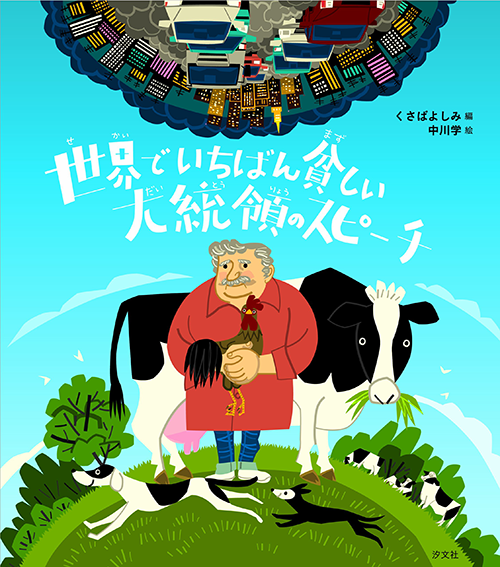
ISBN 978-4-8113-2067-0
This picture book introduces the famous speech made by Uruguay’s then president, José Mujica, at the United Nations Conference on Sustainable Development, or Rio+20, an international conference held in 2012 in Rio de Janeiro, Brazil. The book depicts the speech that expressed his concern over the future of the planet in simple language.
“Mr. Mujica’s speech embodies the very keys for creating a sustainable society. I would say that he was ahead of others in addressing what is now called the SDGs. This picture book elicited a huge reaction from the public at the time of his visit to Japan. And it has become popular again since around the time of the SDGs becoming a familiar term to ordinary people.” (Kadowaki)
Also, CHOUBUNSHA started dealing with gender issues from early on, publishing three-volume series Motto shiritai! Hanashitai! Sexual minority (Want to know and speak more!) (by Yasuharu Hidaka, professor at Takarazuka University’s School of Nursing) in 2015. The series explains such themes as sexual minority and LGBTQ for children in an easily understandable manner using illustrations and data.
Starting with Barefoot Gen, a book that squarely deals with war and human rights issues, CHOUBUNSHA has been publishing books that tell children about various social issues in plain language. The topics covered include sustainability and gender, as well as environmental issues around wastes and energy. These efforts are now connected to the SDGs.
In 2020, it published Watashi ga kawaru, mirai mo kawaru: SDGs hajimeno ippo (Change us, Transform the future: the first step towards the SDGs) (story by Kotono Hara, illustration by MAKO OKESTUDIO, editorial supervision by Motoyasu Yamada), as a definitive picture book on the SDGs for kids from toddlers to elementary school children.
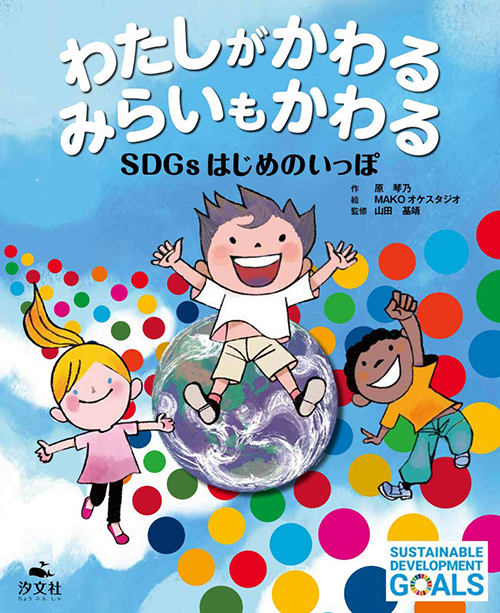
ISBN 978-4-8113-2722-8
This picture book is intended for children to learn about the SDGs as a starter, and prepare themselves for courageously taking necessary steps as the occasion demands. The author Kotono Hara is a forerunner in the field of the SDGs. She has been promoting the SDGs in Japan and abroad as a diplomat working for the Ministry of Foreign Affairs of Japan. Motoyasu Yamada, the editorial supervisor, is a former diplomat who was in charge of SDGs at the Permanent Mission of Japan to the United Nations in New York working with Hara.
“Japan’s SDGs initiatives have developed with Mr. Yamada sending information from the UN to Japan, and Hara taking action based on it. So, this picture book is created by the very two who were active in early days of the SDGs. Hara said in the planning stage that, at any rate, she wanted to make something that conveys to young children the SDGs’ concept so that they can get the basic idea. Therefore, we published it as a picture book. While there exist various children’s books in the world that touch on the SDGs in general, this is the only book so far that gets that concept across to little children properly in the form of a picture book.” (Kadowaki)

The book attracted attention from organizations and local governments that are involved in picture books, and won the 12th Japanese Kindergarten Picture Book Award. Partly due to this, the book has gained a good reputation by word of mouth, and more kindergartens and nursery schools are now picking it as a story to read to children. On the part of CHOUBUNSHA, it has started SDGs initiatives such as holding relevant events. They include CHOUBUNSHA Online Event: SDGs, A First Step, hosted in August 2021 for people involved in education and libraries.
“We held the online event because we wanted to tell children more about the picture book’s content by sharing with schoolteachers and librarians the “first step” as a starter. The “first step” is also the concept of the book “Watashi ga kawaru, mirai mo kawaru: SDGs hajimeno ippo.” (Daisuke Okazaki, Section Chief and Librarian, Sales Department, CHOUBUNSHA)
Over 50 people involved in education and libraries, mostly librarians, gathered from across Japan at the event. In the first half, Hitomi Asahi, a picture book specialist, read the book. This was followed by a speech by the author Kotono Hara. She explained the basics of SDGs, and then talked about, among other things, her thought behind the creation of the book and what libraries can do about the SDGs. The second half was used to think together about libraries’ selection of books on each of the SDGs. A workshop using a worksheet made by CHOUBUNSHA for selecting books on the SDGs, “Your Own Book List on SDGs,” was introduced to participants (https://www.choubunsha.com/book/9784811327228.php).
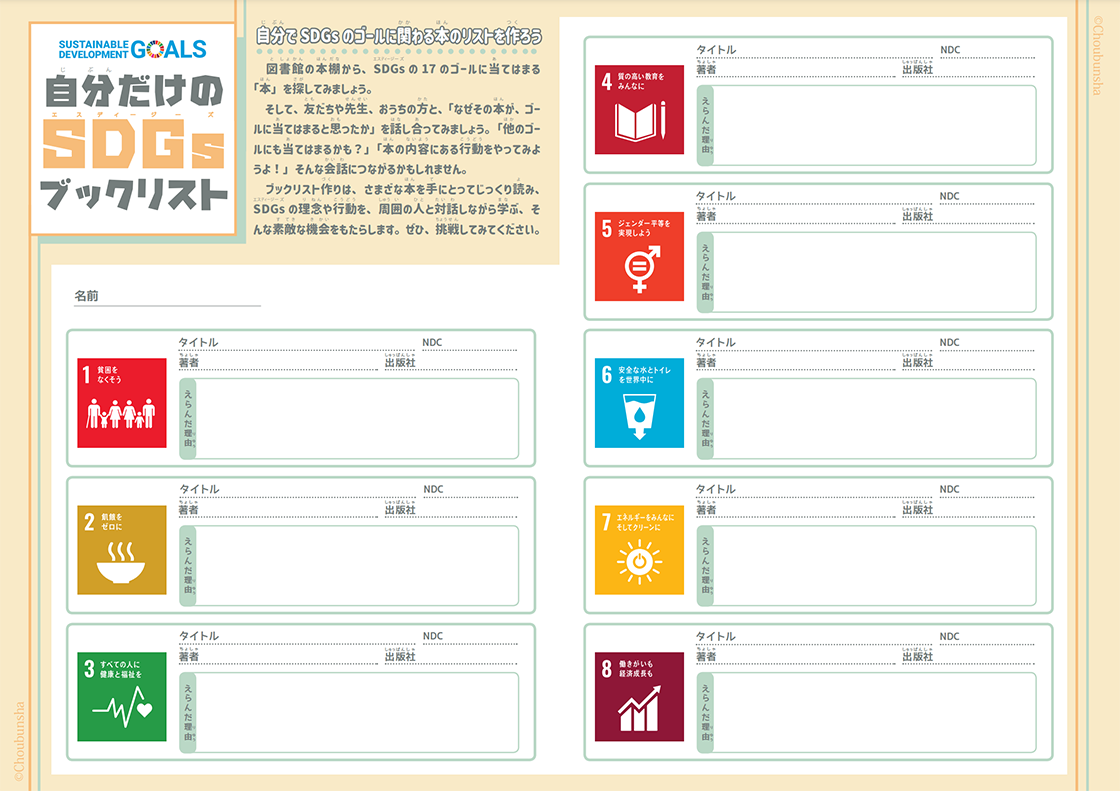
“Your Own Book List on SDGs” is designed in a way that children who want to know about the SDGs can make a list of books on the 17 Goals by themselves.
This worksheet makes children think about the specific details of each SDG beyond the term. This would help them understand the SDGs more deeply. For example, Goal 16 seeks justice, as well as peace. Therefore, children would know that what is needed is not only to stop fighting but also to think about laws. You can download this worksheet from CHOUBUNSHA’s website. I hope that schools make good use of them for selecting books.” (Kadowaki)
CHOUBUNSHA will continue to communicate the importance of the SDGs through publication of books and holding events toward 2030.

“All employees are working on the SDGs with a sense of mission. I take pride in that CHOUBUNSHA is the most committed to thinking about the SDGs in KADOKAWA Group. I would like to develop our passion and knowledge into sustainability activities of the entire group. Using this picture book, I will collaborate with other media outlets in the group to create new movements.” (Kadowaki)

